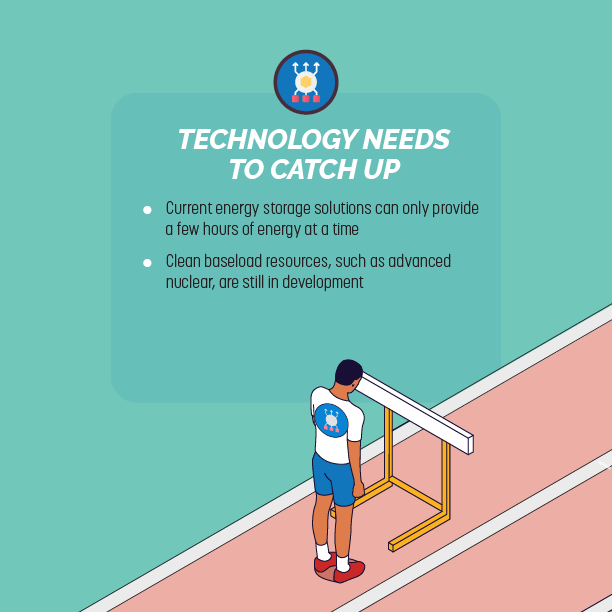As lawmakers and communities push for increased renewable energy in the generating mix, it’s important for them to understand the technical and economic challenges that come with transitioning to a system that relies on clean resources — and why it will take time.
Average capacity factor, by source:
- 35% wind
- 24% solar







